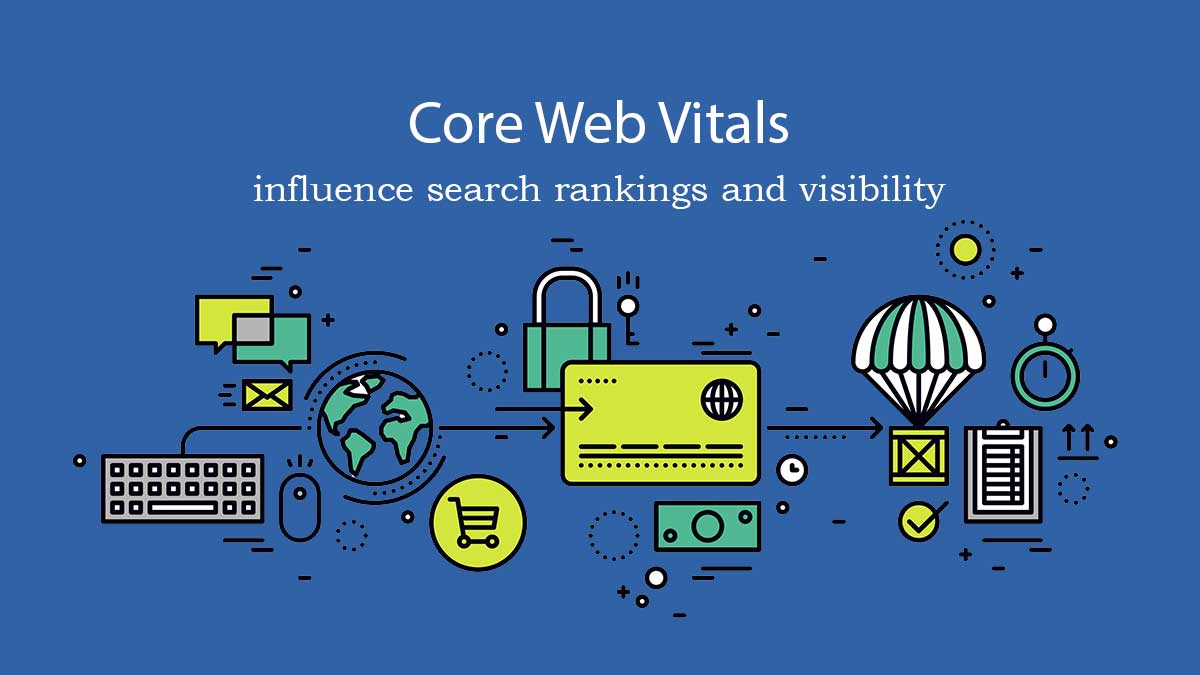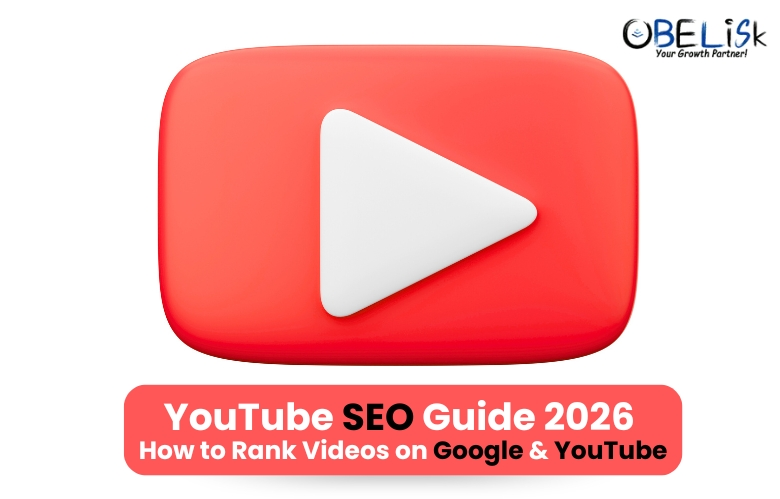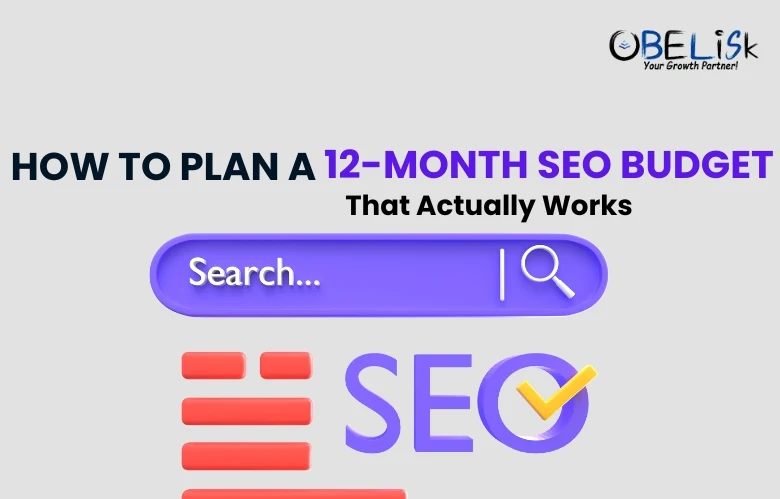In a rapidly changing digital landscape, digital marketers must keep abreast of industry developments to adjust their tactics and preserve their competitive edge. The recent change to Google’s Core Web Vitals has been a major event in digital marketing. This change will likely affect search engine rankings and website user experience.
What are Core Web Vitals?
Google has developed a collection of measurements called Core Web Vitals to gauge UX better precisely. Time to load, page interactivity, and content visual stability during load are all relevant indicators. Both desktop and mobile pages receive a 100; higher scores indicate better performance, which can boost a website’s exposure.
Why Core Web Vitals are Important?
- To enhance the user experience: Increasing your click-through rate and engagement is about how you treat your users. According to Google’s algorithms, a website’s accessibility has always been a major factor in influencing the signals that affect and decide page ranking. Core Web Vitals quantify a website’s usability in terms of its visitors and, as a result, have a direct bearing on its rankings in search engines. Enhancing the user experience is possible through increased visibility and decreased loading time.
- Consequences for SEO methods: Once Google has signaled that improving user experience through optimization of web pages from the perspective of Core Web Vitals, it is only necessary to acknowledge its impact on SEO, with Core Web Vitals now factoring into the signals that determine search ranking, well-planned and performed websites have a chance to stand out from the crowd. When looking to improve SEO and streamline website development, working with a digital marketing company may be beneficial.
What were Google’s previous metrics for measuring user satisfaction, and how have they evolved?
Before Google’s rollout of Core Web Vitals, other metrics were used to gauge page rank and user experience.
- Optimized for mobile use: Google’s search algorithm gives mobile-friendly sites a boost in rankings.
- Website encryption with https: Users typically avoid unencrypted websites. HTTPS pages are the gold standard for security and usability.
- Safety: Google lowers a website’s user experience score if it detects malware on the page because malware is like hidden time bombs. Having a secure web experience is good for business.
How to Improve Your Position in Google’s Core Web Performance Indicators
Let’s get right down to discussing some simple hacks to improve your vitality and core score.
- Image and video optimization is essential: Improving your Core Web Vitals score can be as simple as optimizing your graphics and videos. Because of how much time it can take for a website to load if it contains large files, picture and video compression is essential.
JPEG, PNG, and WebP are just some picture formats available. Lazy loading graphics and videos are another way to speed up page loads.
- Concentrate on what you see first: Stuff that appears above the fold is the most important stuff for users. For a positive user experience, it’s essential to emphasize what’s visible without having to scroll down. Image and video optimization, eliminating huge components or scripts above the fold, and asynchronous loading for above-the-fold scripts and stylesheets are all ways to speed up content loading above the fold.
- Boost your web host: Your website’s Core Web Vitals score will go up or down depending on your chosen web host. Having a web server that is quick to respond is important since it affects how long it takes for a page to load. If your website receives traffic from all over the world, a Content Delivery Network (CDN) may be useful for lowering the time it takes for the server to respond to requests.
- Keep frequent tabs on your site: Maintaining a high Core Web Vitals score requires constant attention to these metrics. Check your website’s performance with Google’s PageSpeed Insights or another tool.
You may monitor site-wide metrics with Google Search Console as well. Maintaining a high Core Web Vitals score requires fixing problems quickly to keep visitors satisfied.
How to View Your Site’s Google Core Web Vitals Score?
As discussed, PageSpeed Insights from Google is the quickest way to evaluate a URL or a website’s worth of Core Web Vitals. However, Google Search Console is the way to go if you want to see how Google evaluates the Core Web Vitals metrics for your complete website.
Using these free Google resources, you may learn how Google interprets your entire website, down to the Core Web Vitals data.
Conclusion
Google has introduced Core Web Vitals to rally additional support for enhancing the user experience. Increasing the website’s ratings in these metrics can dramatically affect its search performance. As a result, improving a page’s load time, visibility, and responsiveness can significantly impact how well it performs in search engine results.











